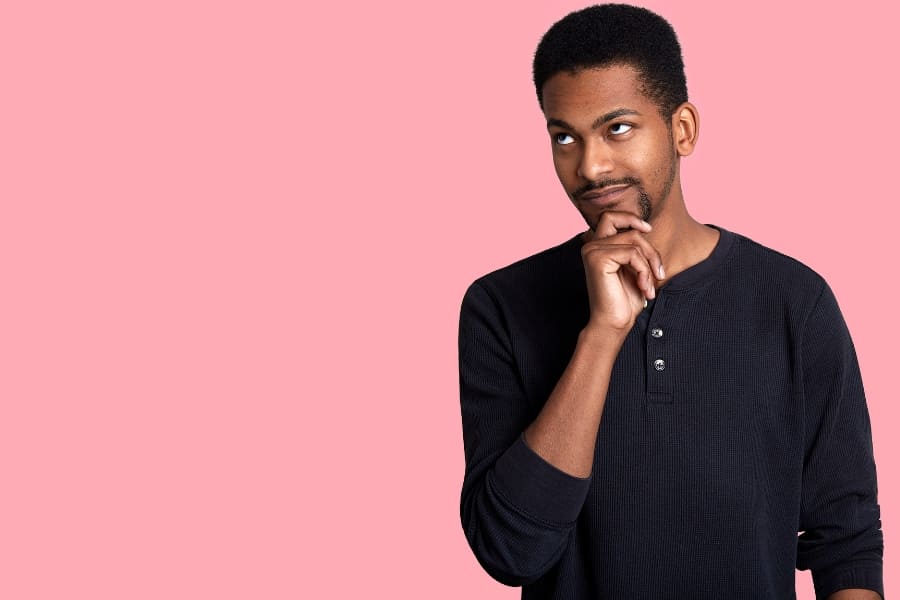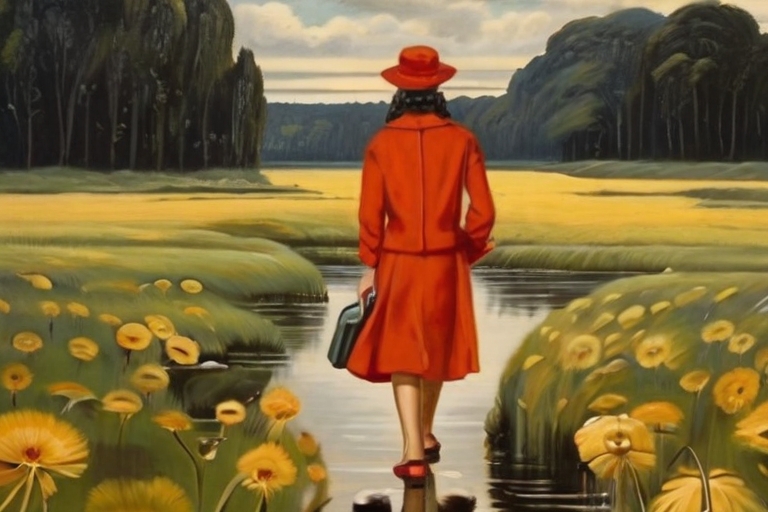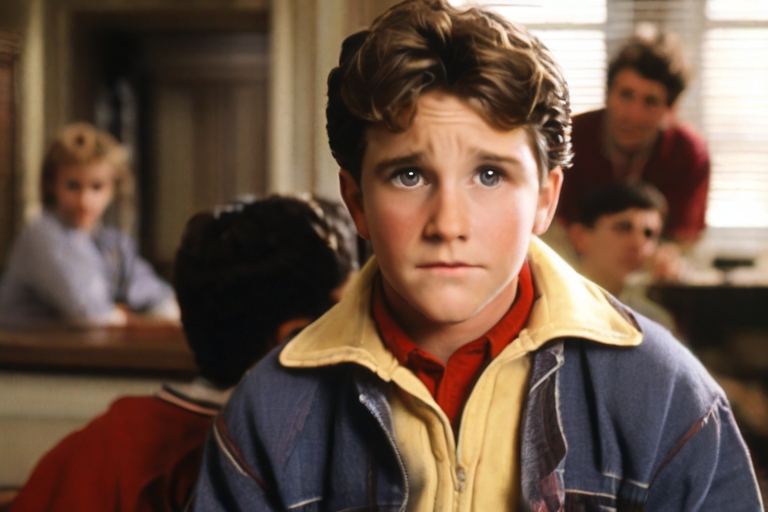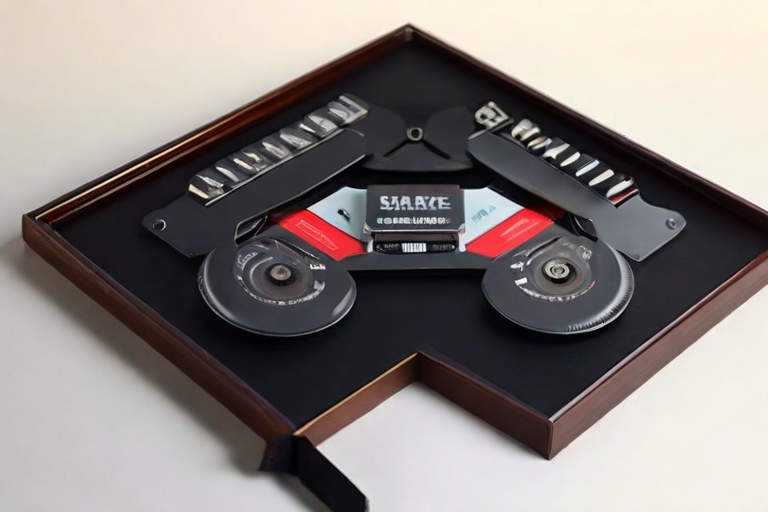Flashback Instances in Literature, Film & TV Picture this: you’re settled in your seat, munching on popcorn, when suddenly, a flashback unfolds before your eyes…
The scene shifts, plunging you into a character’s past. In a matter of minutes, perhaps even seconds, you’re captivated by a vivid sequence of events.
Flashbacks serve various purposes—they can swiftly fill in plot details, evoke empathy for characters, or weave complex, multi-layered narratives.

So, let’s delve into what flashbacks are exactly, examine some notable examples, and explore why they work.
What Exactly is a Flashback?
A flashback is a literary device where a story temporarily breaks away from the present narrative to explore the past. It reveals past events or scenes, offering insights into a character’s history or mindset.
Unlike foreshadowing, which hints at future events, a flashback transports the reader to earlier moments, providing context or depth to the story.
Examples of Flashbacks in Literature Across History
Flashback Instances in Literature, Film & TV
1.”The Odyssey (Book 9)” penned by Homer circa 725-675 BCE
In Book 9 of “The Odyssey,” Odysseus recounts his adventures to Lord Alcinous, vividly describing his journey after leaving Troy. This extended monologue provides insight into Odysseus’s trials and triumphs Flashback Instances in Literature, Film & TV.

2. “Wuthering Heights” by Emily Brontë (1847)
In “Wuthering Heights,” the narrative unfolds through a series of flashbacks as recounted by the housekeeper Nelly Dean to the tenant Lockwood. These flashbacks reveal the tumultuous history of Wuthering Heights and its inhabitants Flashback Instances in Literature, Film & TV.
3. “The Catcher in the Rye” by J.D. Salinger (1951)
Holden Caulfield, the protagonist of “The Catcher in the Rye,” narrates his experiences retrospectively from a psychiatric hospital. His recollections, interspersed with present-day reflections, offer a glimpse into his troubled past Flashback Instances in Literature, Film & TV.

4. “The Great Gatsby” by F. Scott Fitzgerald (1925)
Fitzgerald employs flashbacks in “The Great Gatsby” to delve into Gatsby’s infatuation with Daisy. Through Jordan Baker’s narration, readers gain insight into Gatsby’s romantic pursuits and the complexities of his relationships Flashback Instances in Literature, Film & TV.
5.”To Kill a Mockingbird” authored by Harper Lee in 1960.
Narrated by Scout as an adult reflecting on her childhood, “To Kill a Mockingbird” is essentially one long flashback. Moments like Scout’s reminiscence of a humorous classroom incident add depth to the narrative.

Memorable Flashbacks in Film
Flashbacks are a prominent storytelling device in cinema. Here are some standout examples:
6. “Forrest Gump” (1994)
“Forrest Gump” utilizes flashbacks extensively as Forrest reminisces about pivotal moments in his life. These flashbacks, triggered by present-day events, offer a poignant reflection on Forrest’s journey.
7. “Titanic” (1997)
In “Titanic,” elderly Rose recalls her time aboard the ill-fated ship, transporting viewers back to the historic voyage. Flashbacks intertwine with present-day scenes, culminating in a poignant narrative of love and loss.
8. “The Notebook” (2004)
“The Notebook” employs a framing narrative, with an elderly man recounting his love story to his ailing wife. Flashbacks to their youthful romance unfold as he reads from her journal, evoking nostalgia and emotion.
9. “Citizen Kane” (1941)
“Citizen Kane” utilizes flashbacks to unravel the enigmatic life of Charles Foster Kane. Through the perspectives of his acquaintances, viewers piece together Kane’s complex legacy, culminating in the revelation of “Rosebud.”

10. “Manchester by the Sea” (2016)
In “Manchester by the Sea,” flashbacks offer glimpses into the protagonist’s troubled past, shedding light on his present-day struggles. These brief, unannounced flashbacks enrich the narrative with layers of emotion and meaning.
Iconic Flashbacks in Television
Television shows also employ flashbacks to enhance storytelling. Here are a few notable examples:
11. “LOST” (2004-2010)
“LOST” masterfully integrates flashbacks to delve into the characters’ backstories. Each episode unveils a character’s past experiences, providing context for their actions on the mysterious island.
12. “How I Met Your Mother” (2005-2013)
“How I Met Your Mother” employs a framing narrative, with Ted narrating his romantic journey to his children. Flashbacks to his adventures with friends enrich the narrative, adding humor and depth.
13. “The Wonder Years” (1988-1993)
“The Wonder Years” follows Kevin Arnold’s coming-of-age journey, narrated by an adult Kevin reflecting on his childhood. Flashbacks transport viewers to the tumultuous 1960s, offering nostalgic insights.

14. “CSI” (2000-2015)
“CSI” utilizes flashbacks to reconstruct crime scenes and unravel mysteries. These visual reconstructions captivate viewers, enhancing the storytelling with suspense and intrigue.
15. “Grey’s Anatomy” (2005-present)
“Grey’s Anatomy” incorporates flashbacks to explore characters’ past traumas and relationships. These poignant glimpses into the past deepen our understanding of the characters’ motivations and struggles.
Unlocking the Power of Flashbacks
Flashbacks serve several narrative functions, including:
– Character development: Flashbacks offer insights into characters’ past experiences, shaping their identities and motivations.
– Temporal shifts: Flashbacks allow writers to explore different time periods, enriching the story with historical context and cultural nuances.
– Audience engagement: Flashbacks foster empathy and connection with characters, eliciting emotional responses from viewers or readers.
– Plot exposition: Flashbacks provide crucial backstory and context, clarifying conflicts and driving the narrative forward.
Two Types of Flashbacks
Flashbacks can be categorized into two main types:
Full flashbacks:
These extended sequences transport viewers or readers to the past, immersing them in significant events or memories.
Brief in-scene flashbacks:
These fleeting glimpses offer brief insights into characters’ pasts, enriching the narrative with subtle details or emotions.
Triggering Flashbacks
Flashbacks are often triggered by:
Dream sequences:
Characters may experience flashbacks as vivid dreams or nightmares, revealing subconscious memories.
Memories:
Present-day events or conversations can evoke past memories, prompting characters to revisit significant moments.
Narration:
Framing narratives or reflective monologues may introduce flashbacks, guiding viewers or readers through characters’ recollections.
Ready to Craft Your Own Flashbacks?
Now that you’ve explored a myriad of flashback examples, it’s time to incorporate them into your own writing. Whether you’re penning a novel, screenplay, or short story, flashbacks can add depth, intrigue, and emotion to your narrative.
Draw inspiration from the examples discussed above, and experiment with different techniques and triggers to seamlessly integrate flashbacks into your storytelling.

As you embark on your writing journey, remember to strike a balance between past and present, weaving a tapestry of memories that captivate and resonate with your audience.
So go ahead—immerse yourself in the art of flashback storytelling, and watch your narrative come to life with depth and resonance.







